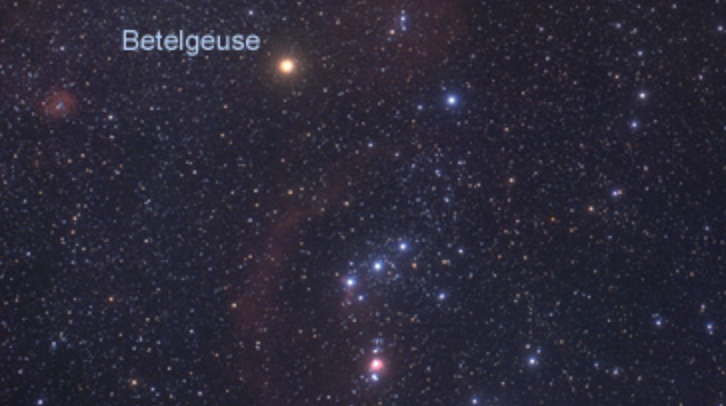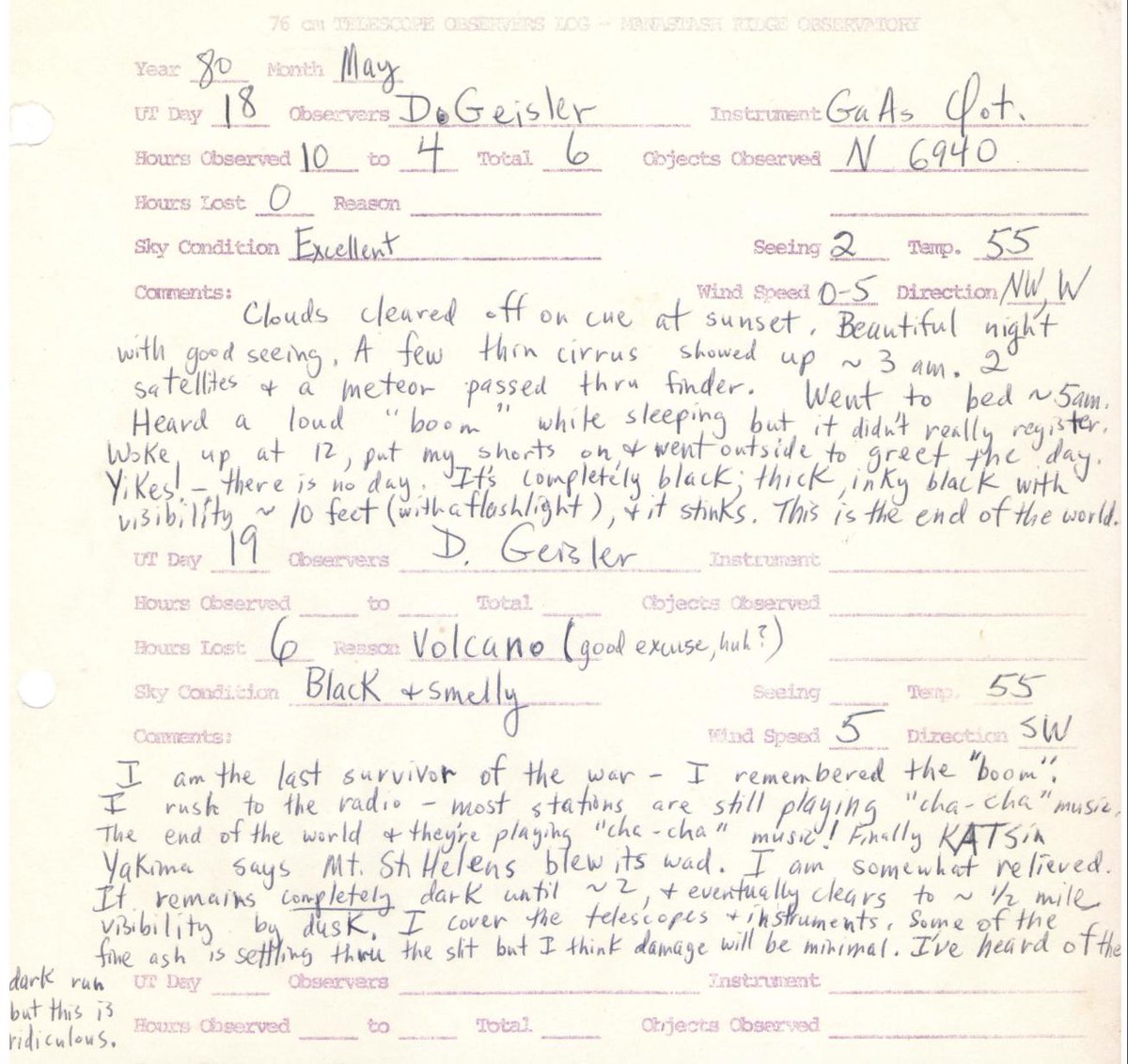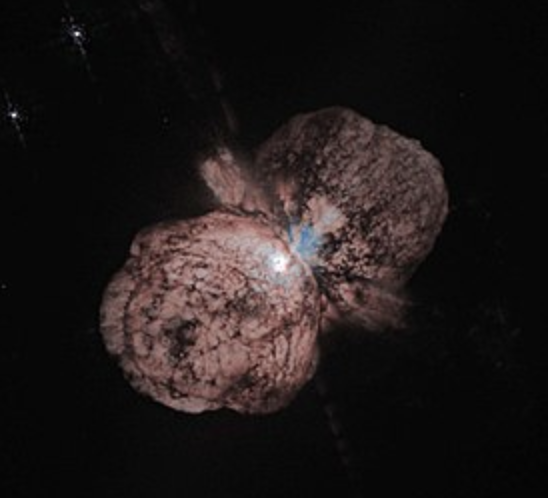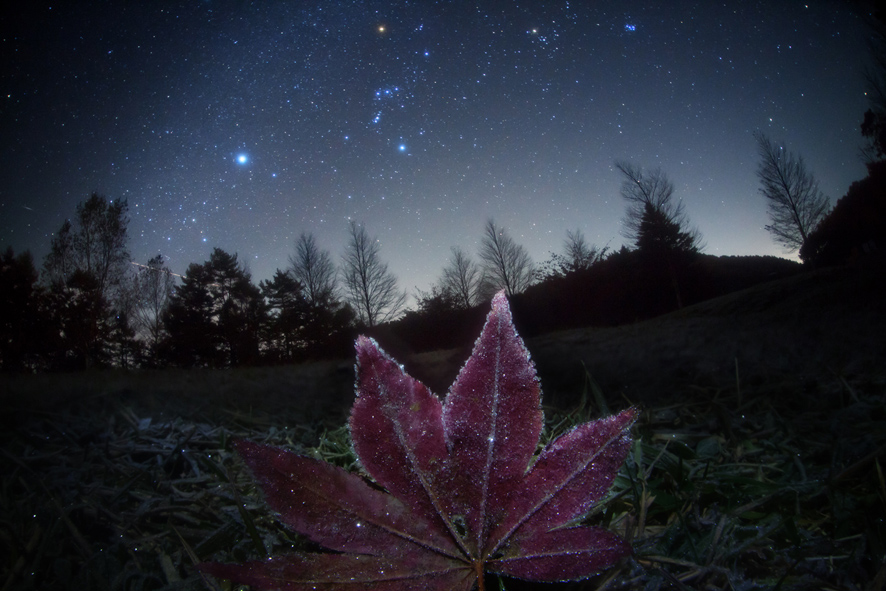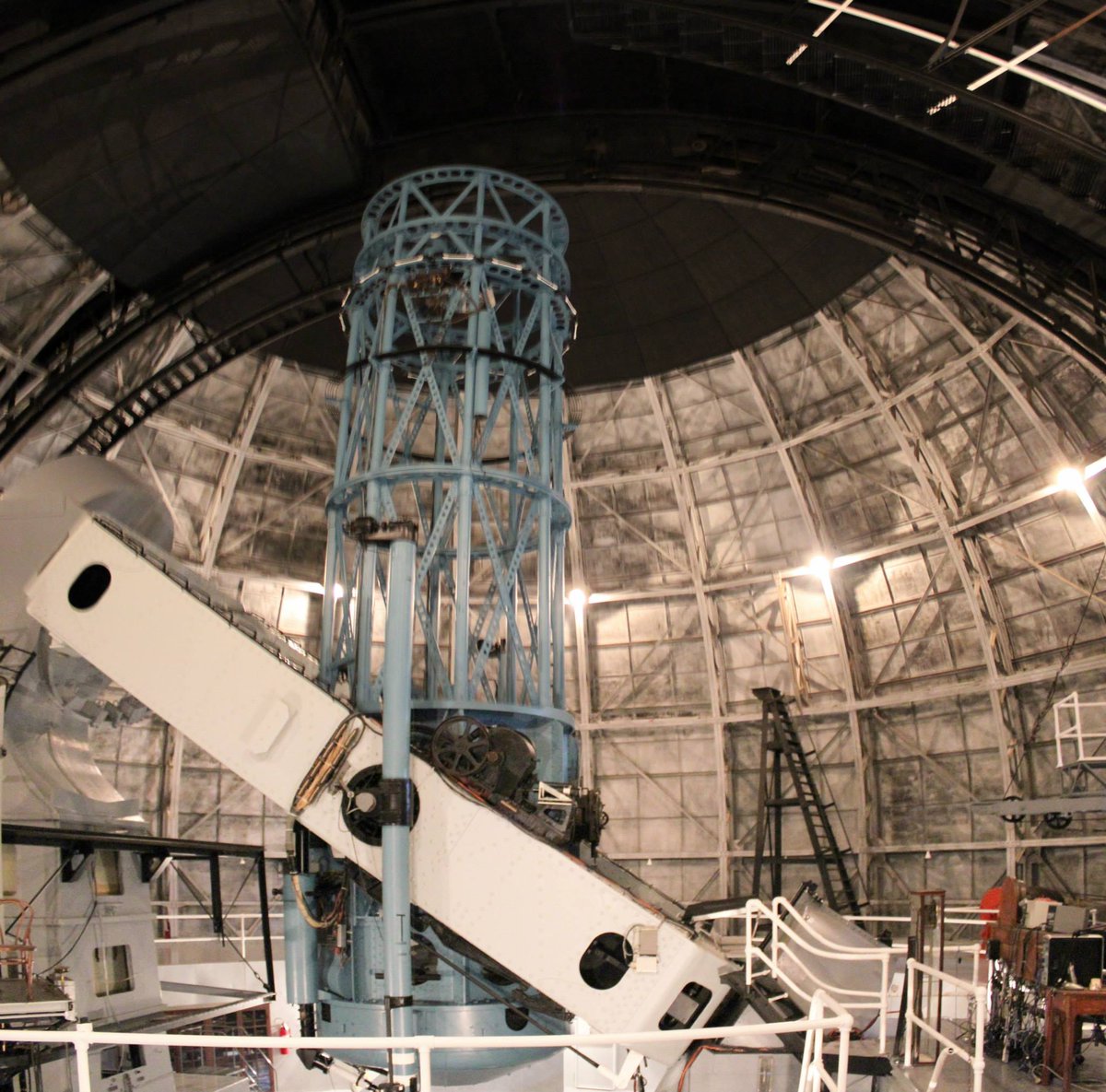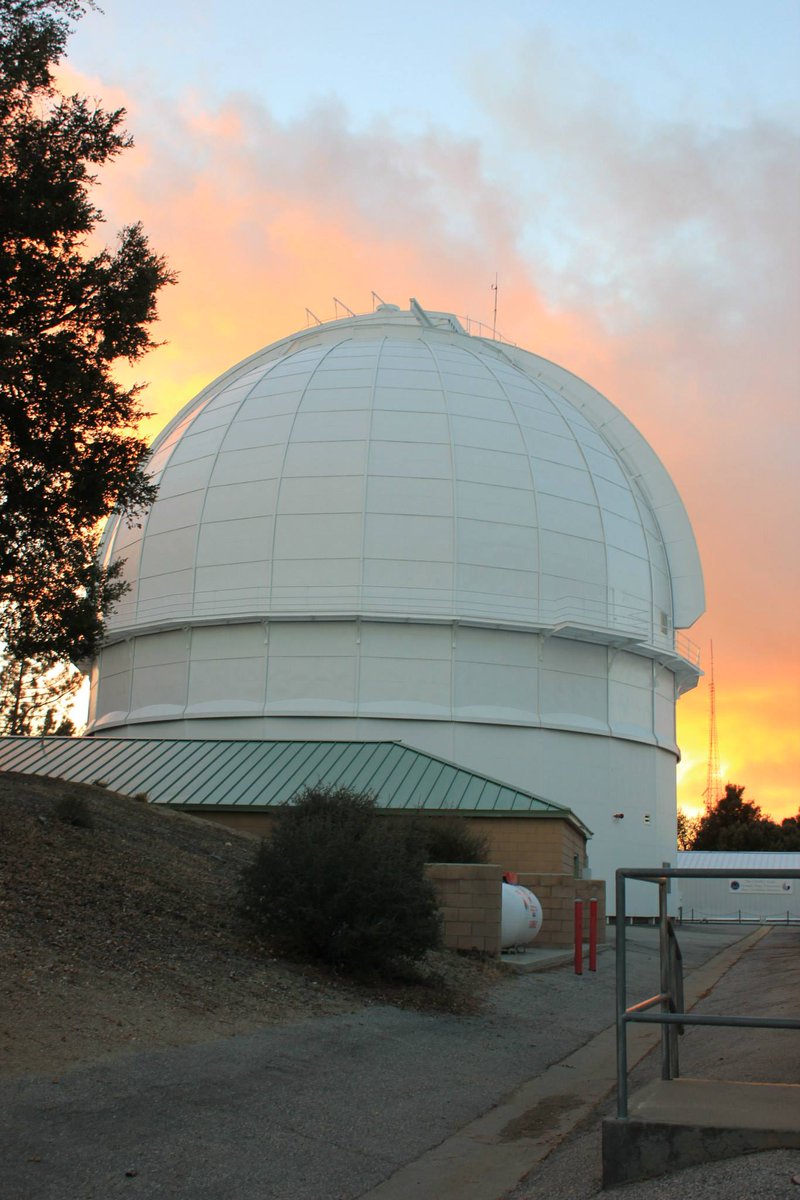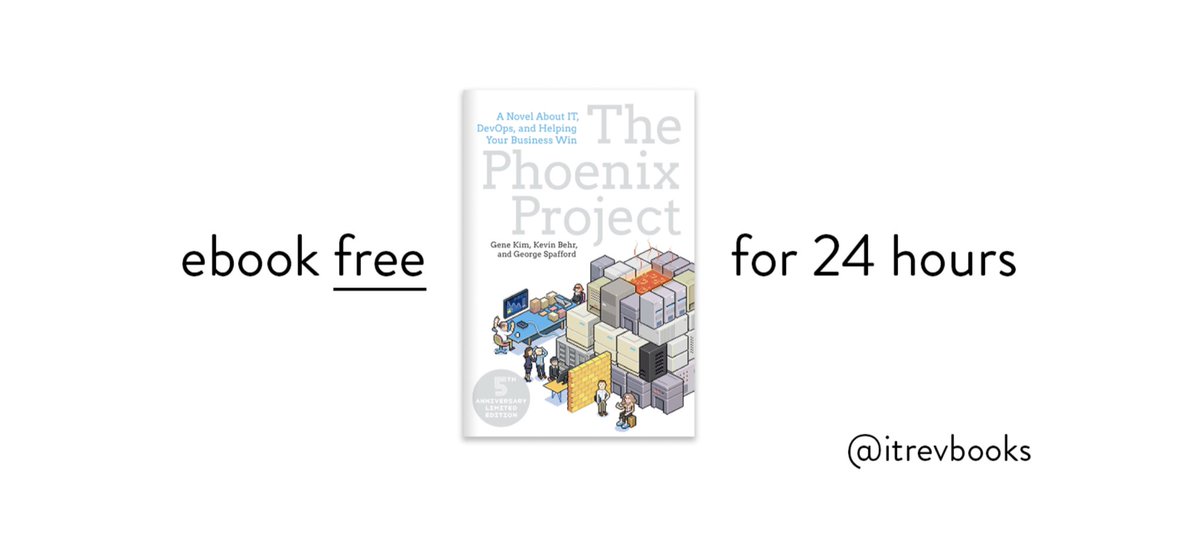In short:
1) Betelgeuse probably won't explode tomorrow
2) (but if it did it'd be SO COOL)
3) we should observe the heck out of it anyway because it's a red supergiant and AWESOME

First of all, there are several not-because-it's-about-to-die explanations for why Betelgeuse might have gotten fainter...
One reason has to do with the very bizarre appearance of these stars' surfaces.
This means a NORMAL red supergiant, just going about its day-to-day shiny star life, looks like a WACKY GIANT BOILING AMOEBA-STAR:
Again, we're still figuring out exactly how and why they do this, but it will certainly change how bright they look.
Here's why I think we should keep an eye on it anyway...
If Betelgeuse is doing one or more of these things - being wacky and boil-y, puffing off dust, pulsing, etc. - we should be watching and studying it to learn more about red supergiants as a whole.
a) Betelgeuse IS exactly the sort of star that dies as a supernova, and
b) we've rarely gotten a good look at a star right before it dies...
These stars almost always turn out to be red supergiants.
Check out this pre-image of the red supergiant that died as SN 2008bk:
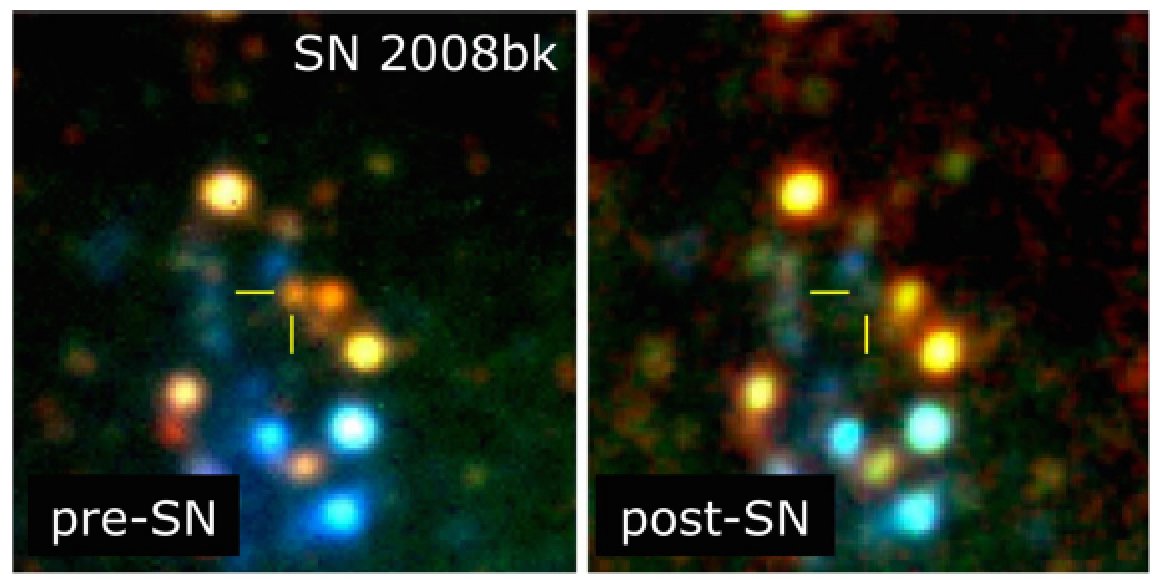
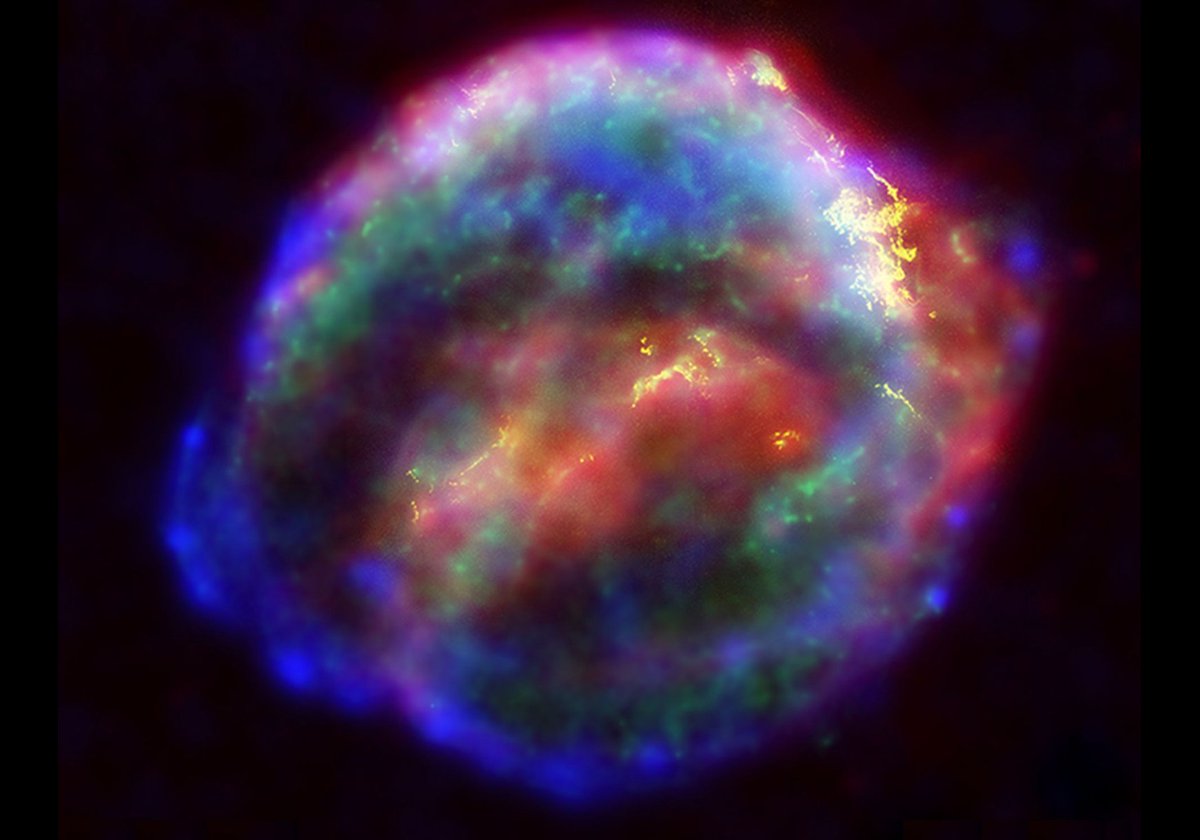
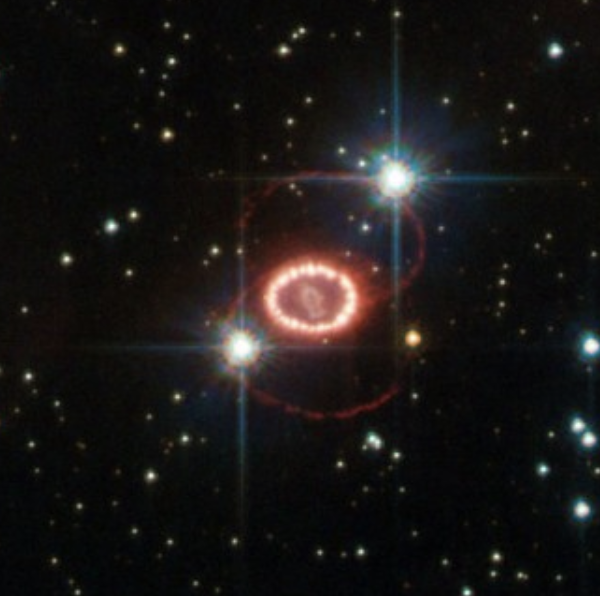
And check it out again tomorrow night. Just in case. 😝
